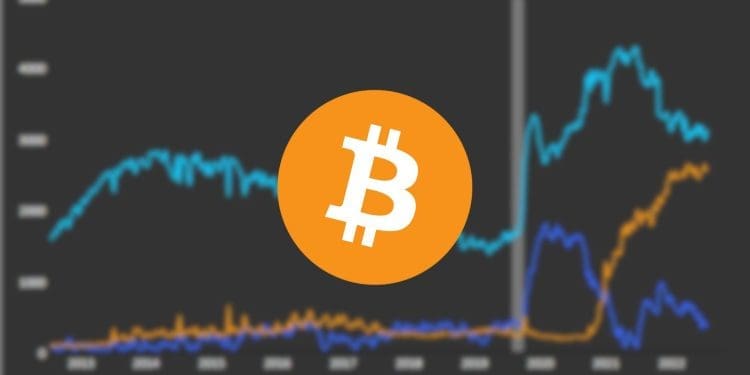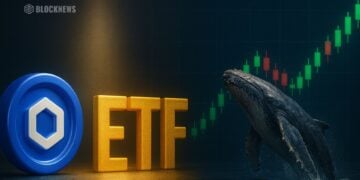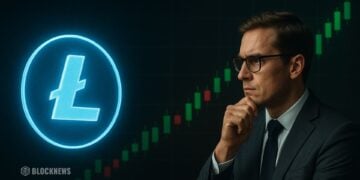• The US government’s debt crisis is intensifying, with interest expense on debt potentially reaching $1.7 trillion by 2025.
• The mounting US debt levels, currently at $34.5 trillion, show no signs of slowing down and could trigger an economic collapse.
• The worsening US debt situation is driving investors towards alternatives like Bitcoin and gold to secure their returns.
The United States government is facing an impending debt crisis that threatens to destabilize the economy. Interest expenses on the national debt are skyrocketing, crossing the $1 trillion threshold. If left unchecked, this trend could trigger economic mayhem across the country.
Government Interest Expenses Poised to Hit $1.7 Trillion
According to an analysis by Market Realist, the government’s interest expenses are projected to reach a staggering $1.7 trillion by 2025. This key metric reflects the interest paid on outstanding debt obligations. The exponential growth signals that the ballooning national debt could jeopardize the stability of the US economy.
Current US Debt Levels Surpass $35 Trillion
The United States currently sits on over $35 trillion in debt. This means the government is spending far more than it earns from taxes and other revenue sources. Reports indicate the debt could hit $35 trillion as early as April 2024 if spending continues at its current pace.
Investors Turn to Bitcoin and Gold
The precarious debt situation is causing investors to explore alternatives like Bitcoin and gold. While Bitcoin is currently declining in price, favorable sentiment remains due to the advent of Bitcoin ETFs. Meanwhile, gold prices have rallied thanks to central bank purchases. For investors, these assets may offer a way to secure returns amid volatile markets.
Conclusion
With government interest expenses projected to reach $1.7 trillion in just a few years, the United States faces a potential economic crisis if action is not taken to curb spending and debt accumulation. As investors respond to instability by pivoting to Bitcoin and gold, it remains to be seen whether policymakers can steer the nation away from an impending debt spiral.














